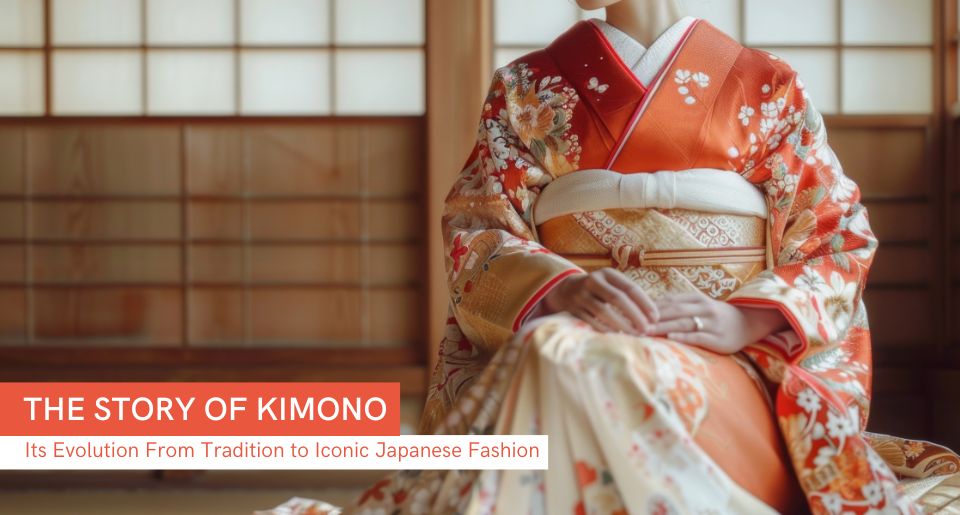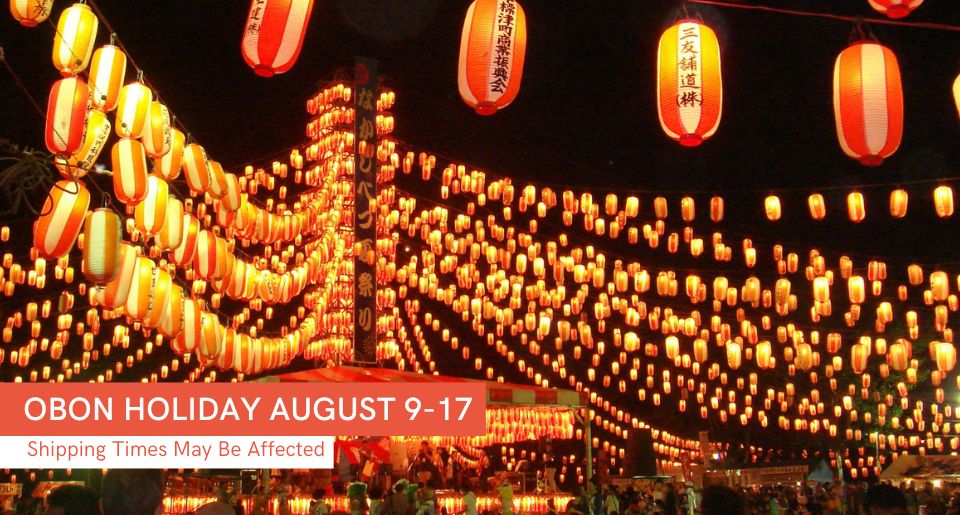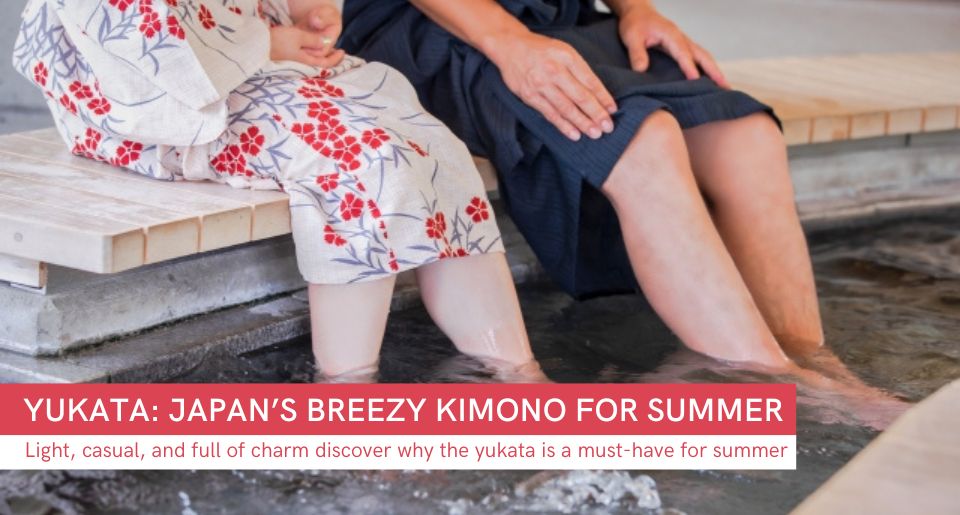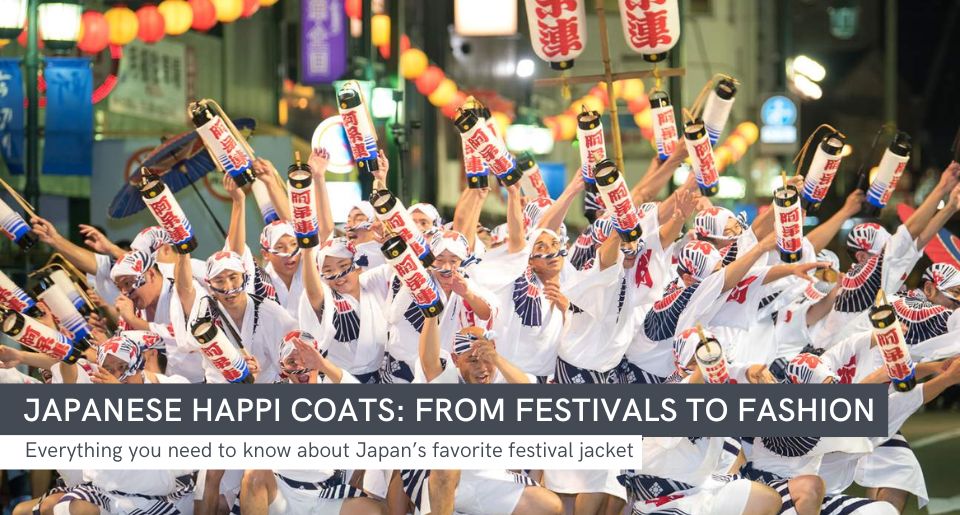Introduction
The stunning beauty of the kimono (着物) has made it a symbol of traditional Japanese fashion. From its humble beginnings to the modern twists of the kimono, and everything in between, keep reading to explore everything about Japan's iconic garment.
By the conclusion, you'll discover how you can own a piece of this cultural art from Japan and wear it with the pride of a Japanese native.
The Heian to Edo Evolution of the Kimono
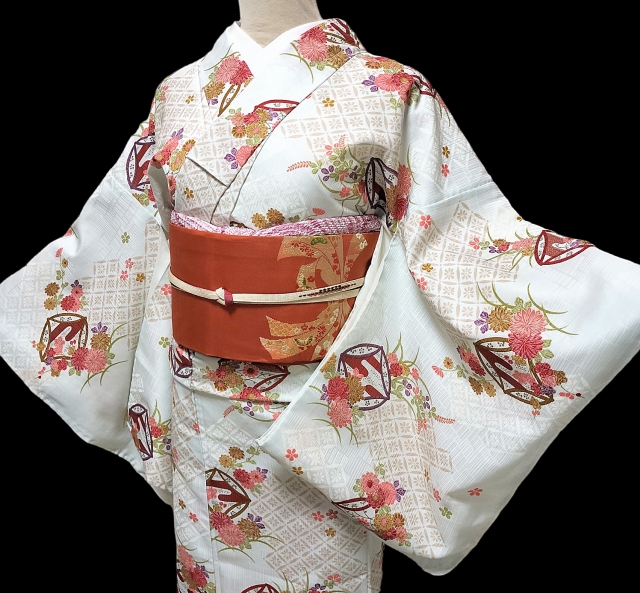
In the Heian period (794-1192), the foundations of the kimono were laid with the introduction of straight-cut fabrics sewn together.
This design was revolutionary in its simplicity and inclusivity, fitting all body shapes and sizes. It was a garment that embraced every wearer, offering both comfort and versatility.
As centuries passed, the kimono evolved into a more popular version.
By the Edo period (1603-1868), it had transformed into the kosode, meaning "small sleeves," distinguished by its more fitted armholes.
This era saw the kosode become a universal symbol of Japanese culture, worn by all, irrespective of social status or gender.
Nobody could ignore the appeal of the kosode, becoming a staple in every Japanese wardrobe back then. It was a way for people to paint their identities and social norms, using style, motifs, fabric, crafting methods, and color as their palette.
More Than Just Clothing
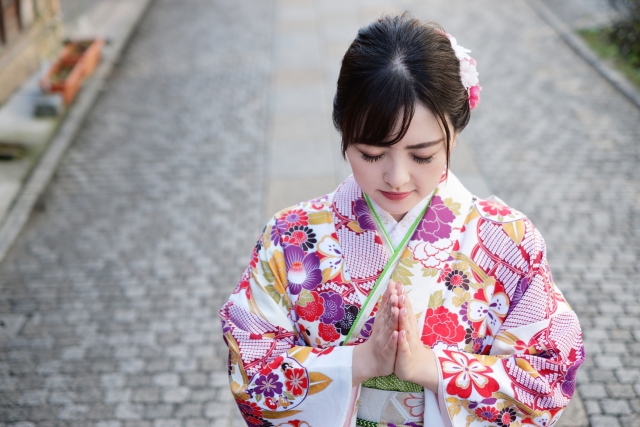
The kosode of the Edo period was more than just a garment; it was an expression of who you were and where you stood in society, with strict rules on fabrics and designs, turning each piece into wearable art.
- Did you know? The cherry blossom motif was more than just decoration; it symbolized mortal feminine beauty, usually found on women's garments for leisure, not work, much like other floral designs.
The quality of the fabric, the pattern selected, the thread, paint, wood-block print, and color choice all played crucial roles in showcasing the rank, age, gender, and sophistication of the individual wearing it.
The Meiji Kimono Transformation
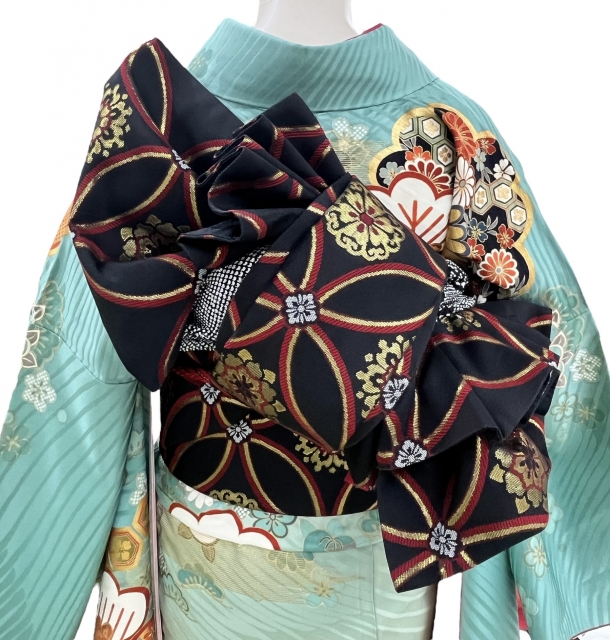
The transition from the Edo to the Meiji period (1868-1912) marked a significant evolution in the kosode's journey.
As Japan opened its doors to the West, the garment underwent a rebranding, adopting the name "kimono," which simply means "wearing thing." This era highlighted the kimono's significance as a key cultural element amidst rapid changes.
Interestingly, while Meiji reforms encouraged men to adopt Western attire, women were urged to continue wearing kimonos.
This gendered push helped cement the kimono as a symbol of Japanese femininity and cultural preservation. Women, in their kimonos, stood as vivid representatives of a nation clinging to its roots while navigating the currents of change.
The Kimono Today
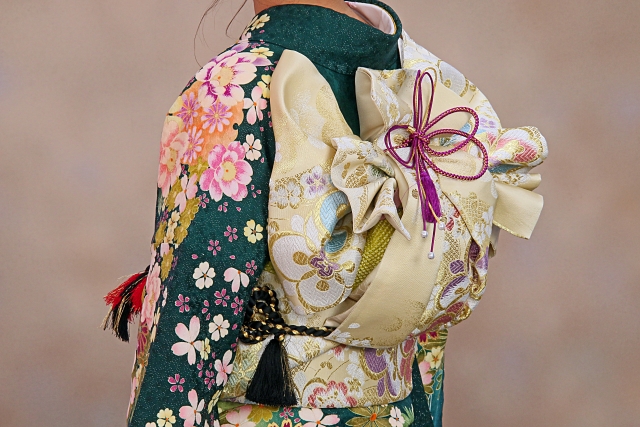
Today, the kimono remains a potent symbol of Japan's cultural heritage. It is no longer everyday attire but is reserved for special occasions, embodying a reverence for tradition amidst the hustle of modern life.
The garment continues to evolve, with contemporary designers finding new ways to honor its history while adapting it to fit modern tastes and sensibilities.
Central to the kimono's evolution has been the Hinagata bon, or pattern books, which played a crucial role in the garment's design process.
These books were a collaborative tool for clients, designers, and textile shop owners, showcasing the era's respected patterns and techniques.
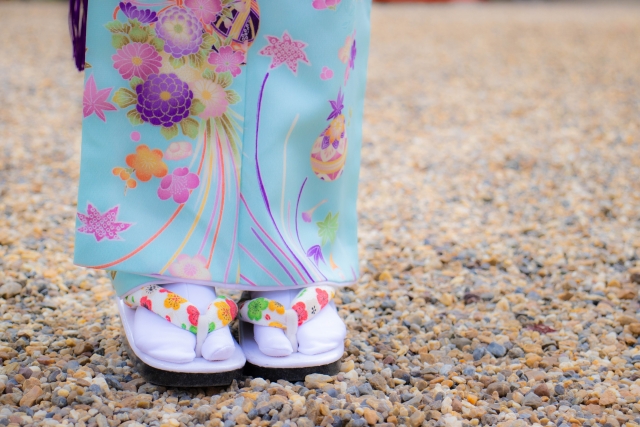
The most talented artists of the time, including ukiyo-e masters, contributed to these collections, emphasizing the kimono's status as a work of art.
The Hinagata bon not only guided the creation of kimonos but also served as a cultural archive, preserving the aesthetic and social preferences of different periods.
Through these pattern books, the kimono has remained a living document of Japanese art and design, reflecting changes in society, technology, and artistic taste.
Find Your Authentic Japanese Kimono
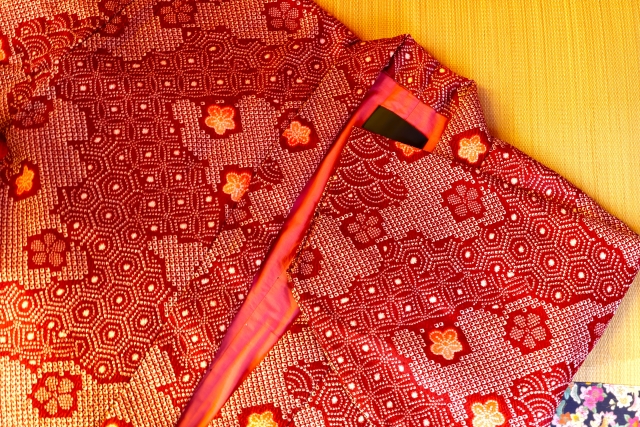
Kimono has become a central piece of the Japanese cultural experience, a wearable work of art for appreciating the nation's offerings in a relaxed and artistic manner.
To ensure authenticity, the best approach is to acquire a kimono directly from Japan, where local artisans craft these masterpieces with traditional methods.
In today's digital age, accessing authentic Japanese kimonos has become remarkably easy. Through reputable platforms like ZenPlus, you can explore a vast array of kimonos in all their types, shapes, and colors from the comfort of your home. Choose your ideal Japanese kimono and have it quickly delivered from Japan to your doorstep.
ZenPlus, boasting ten years of successfully linking worldwide customers to over 5 million authentic Japanese products from more than 3,000 retailers across Japan, has emerged as the go-to platform for those eager to indulge in the vast offerings of Japan with unparalleled convenience and speed.
Start your shopping spree today and see where it takes you!

